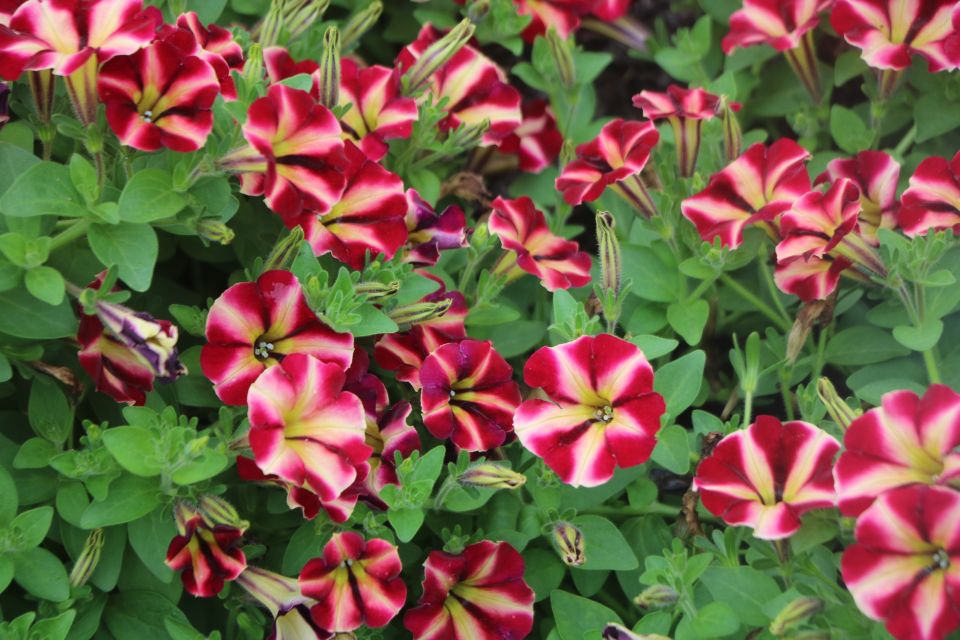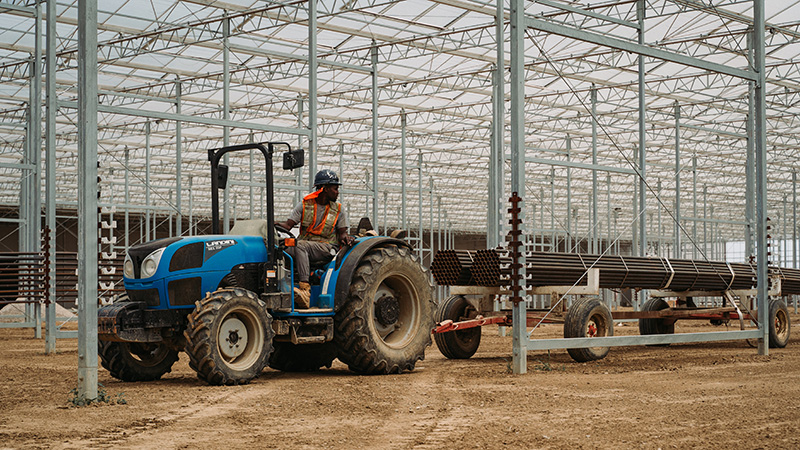SAF Will Bring the Story Behind the Breeding to its Annual Convention
 Successful plant breeding can produce disease-resistant plants that have a longer shipping and vase life, all while providing retailers, wholesalers, and growers with fresh and vibrant colors for consumers.
Successful plant breeding can produce disease-resistant plants that have a longer shipping and vase life, all while providing retailers, wholesalers, and growers with fresh and vibrant colors for consumers.
Two industry leaders, Juana De La Torre, Sales Director for Ball SB, and Jason Jandrew, Global Director of Plant Breeding for Ball Horticultural Group, will offer an interactive demonstration on plant breeding at the Society of American Florists’ Convention in Orlando, Sept. 21-23.
During the presentation, “Milestones and Wonders of Ornamental Plant Breeding,” De La Torre and Jandrew will highlight an interactive experience breeding snapdragons and marigolds. The session will demonstrate the breeding process, including how to decide which varieties work together, De La Torre says.
“We want people to understand the process,” she says.
Jandrew, who has been a plant breeder for nearly 20 years, says breeding is important to the industry because it brings better products to the market. Better breeding practices, he says, can lead to a longer life for plants during shipping, a longer vase life, and better stem strength.
“We are breeding for production reasons: Easier, cheaper, faster, and a higher quality product for our customers with more reliability in the supply chain,” Jandrew says.
Sustainability is an important part of plant breeding programs, Jandrew says. Growing plants that are more disease resistant and require less water helps growers produce reliable crops — and it is good for the environment.
“I think it’s important to the industry because plant breeding brings solution-oriented products to the market,” Jandrew says. “We can continue to address problems and have products that are easier to use and last longer.”
Following trends and consumer preferences is also factored into breeding programs so growers can provide new colors, shapes, and sizes of plants and flowers, Jandrew says. Even details such as the angle of the flower on the stem is considered, he says.
Session attendees will have an opportunity to share their ideas about what they would like to see in plant development.
“We want feedback from the people who actually use the flowers,” De La Torre says.
Jandrew agrees that breeders find input from retailers invaluable.
“The feedback we get from our customers all up and down the chain informs us of our goals and targets,” he says. “They can be part of the process by continuing that dialog on what’s working, what’s not working, what they would like to see.”








